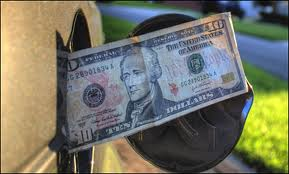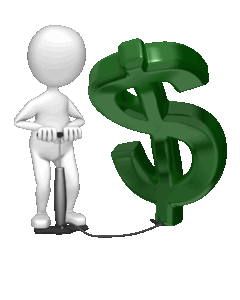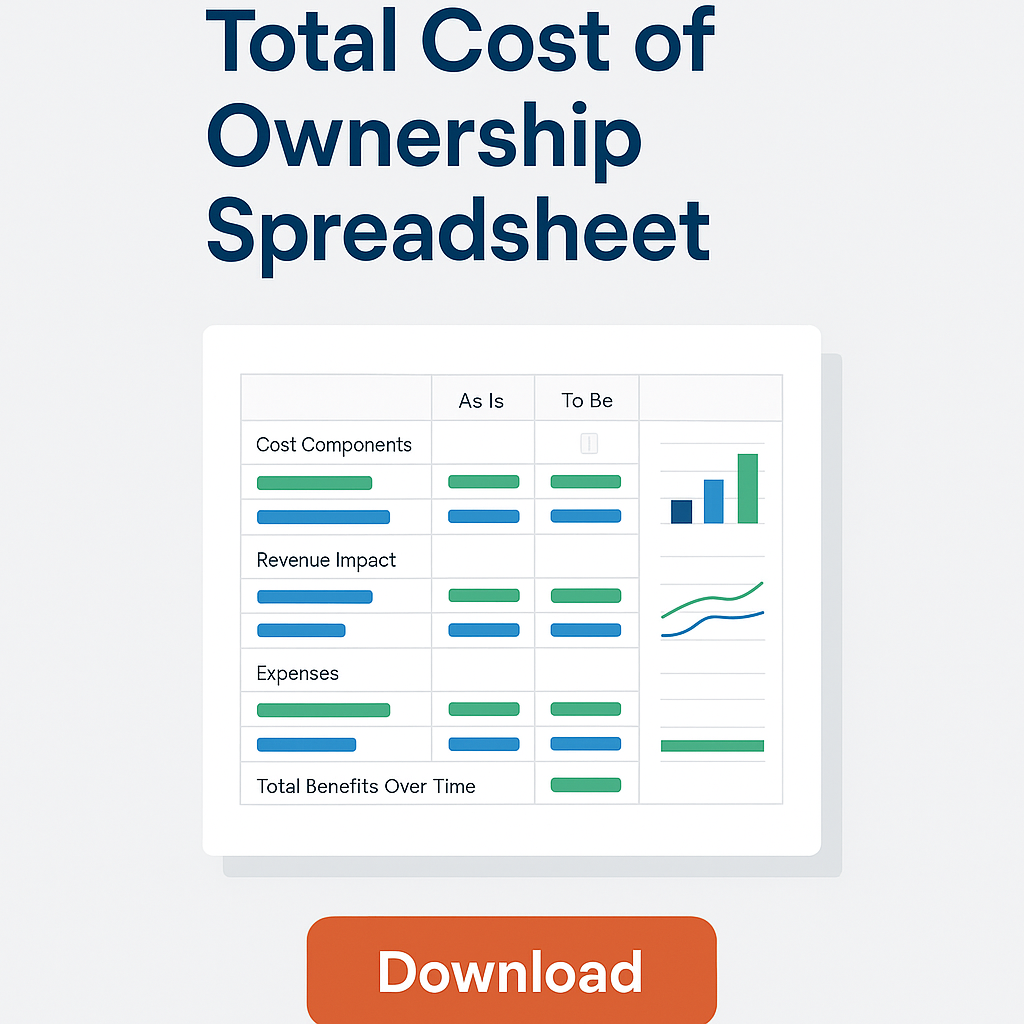How Much Inflation Are You Experiencing?
For a few years now, the Federal Reserve has been telling Americans that the Fed is doing a good job and that they are keeping inflation in check and that the value of the dollar is stable. I personally find inflation to be out of control and that the value of the dollar to be in free fall. So I decided to measure the inflation rate myself and I am going to show you how to measure inflation yourself, using some simple math which I will also show you.
In this article, I calculate the inflation rate on some items I personally purchase, such as gasoline or green beans. Calculating the inflation rate on just these 2 items was an eye opener for me.


Is The Federal Reserve Telling The Truth On Inflation?
The Federal Reserve maintains that there is no inflation in America or that Inflation is under control or is minimal at around 2%. To arrive at this conclusion, economists usually take what they call a Basket of Goods, measure the inflation rate on each item, average them together and come up with their magic number of 2%.
We don’t really know what is in the Fed’s basket of goods but selection of the basket items is open to some cherry picking too. For example, is anything in the Federal Reserve’s basket of goods in my basket of goods such as Gasoline or Green Beans?
It’s hard to say. But I can measure the inflation rate of Gasoline and Green Beans myself and come to my own conclusions. I did that and the inflation rate was far higher than 2%.
 It looks like the inflation rate is being pumped up!
It looks like the inflation rate is being pumped up!
Measuring Inflation In The Real World
When I look at my own personal basket of goods (Green Beans and Gasoline), the items I buy every day, I find the inflation rate to be far higher than 2% and I want to show the average person how they can measure the inflation rate on items they usually buy using very simple math.
According to the Federal Reserve’s website “The FOMC implements monetary policy to help maintain an inflation rate of 2 percent over the medium term.” Sounds good. But is it really true? Let’s find out.
I was running a Project Management ROI formula the other day. I realized that the Project Management formula for measuring project payback, is the same formula bankers use to determine their profits on bank loans and whether or not they should make a loan to you and I. It occurred to me that I could use this same formula, shared by Project Management and Banking, to figure out what the actual inflation rate is for the items I personally buy such as Gasoline and Green Beans. This banking formula is somewhere around 300 years old or older.
The Real Inflation Rate Is Much Higher Than What The Federal Reserve Claims
What I discovered was, the inflation rate is far higher than what the Federal Reserve is letting on. Here’s how I did it.
Two Methods To Measure Inflation
There are 2 methods we consumers can use to measure the inflation rate ourselves:
- The first method is the Equal Price Method,
- The second method is the Equal Quantity Method.
The Project Management / Banking formula you can use to calculate the inflation rate is the old Present Value of a Dollar formula.
In Project Management, this formula comes up in Project Cost Management under Estimating Activity Durations. The Project Manager will use this formula to measure the Future Value of the monies the project will generate against the Present Value of the money required to implement the project to determine if the project is worth doing or not. If the project will not pay for itself, then it should not be done.
The Present Value Formula
Here is the formula: PV = FV/(1+i)^n
Where:
- PV is the Present Value of a Dollar,
- FV is the Future Value of a Dollar,
- “I” is the Interest Rate. In our case “I” represents the Inflation Rate that we will solve for, and
- “n” is the Number of Periods in the Future also
- “^”means raised to the “nth” power.
Present Value Calculator
That sounds complicated. Don't worry, we made it simple for you and built a present value calculator for you to do the heavy lifting.
Buying Power of $1 Dollar.
What we are really talking about is the Buying Power of $1 dollar. A dollar in the future has the same face value as a dollar today. But the buying power of that dollar in the future is reduced due to inflation.
There are 2 tricks to making this math simple.
The first trick is to simplify the math to keep “n”, the number of periods we are looking at, simple. If we let “n=1 year ” then when we raise any number to the 1st power, it is the same as multiplying by 1. So that part gets real simple. As long as we keep the time period we are looking at equal to 1 such as 1 year or 1 month, the ^nth power in the formula just becomes a multiply by 1 issue.
So I just simplified and eliminated the power issue. If you have a calculator it’s no real issue anyway, but I wanted to write an article that the common person on the street could do themselves.
The second trick to make this a simple math problem is to keep the Present Value of 1 dollar equal to the Future Value of 1 dollar. Since the face value of 1 dollar today will be the same as 1 dollar a year from now or even 100 years from now, this simplifies the other parts of the formula because PV = FV = 1.
So now our original Present Value formula, PV = FV/(1+i)^n, is simplified to : 1=1/(1+i)^1.
The only part of the Present Value formula that is not known is the “I” variable. In banking this is the Interest rate, but we are assuming that Interest operates just like Inflation. So for our needs “I” is the inflation rate we are trying to solve for.
Equal Price Method
The Equal Price method is useful for measuring the inflation rate on items that cost $1 dollar last year and that also cost $1 dollar this year such as on items sold at a Dollar Store. In a Dollar Store, all items were sold for $1 dollar last year and are also sold for $1 dollar this year.
What I discovered at the dollar store was, last year when I purchased a bag of Green Beans I got a full 1 pound bag of Green Beans. Each bag of Green Beans contained 16 ounces of Green Beans and each bag cost me $1. I will exclude the tax.
This year however, the bag of Green Beans looked the same, but the Dollar Store had reduced the quantity of Green Beans in the bag by 1 ounce. So this year the bag of Green Beans only contained 15 ounces of green beans, not a full pound. The Dollar Store still sold the Green Beans for $1 dollar however. Clearly my dollar purchased 1 ounce less of green beans this year than the same dollar did last year. In other words, there was inflation at the dollar store. The question was “how much inflation”?
To answer this question, I had to figure out the price per ounce for the green beans and from this I was able to calculate the inflation rate.
Price Per Ounce Calculation
In 2011, if one 16 ounce bag (1 pound) of Green Beans cost $1, the price per ounce was $1/16 ounces =$ 0.0625 or 6.25 cents per ounce of Green Beans.
In 2012, if one 15 ounce bag of Green Beans cost $1, the price per ounce was $1/15 ounces = 0.0667 or 6.67 cents per ounce of Green Beans.
Now this does not sound like a big difference (6.67-6.25= 0.42 cents), but the difference is $0.0667 / $0.0625 = 0.937031. if I subtract this from 1, I get the inflation rate 1-0.937031= 0.062969 = 6.3% inflation rate.
So the inflation rate as I measure it on Green Beans at the local dollar store is: 6.3%. It also means the dollar store raised its prices by 6.3% this year over last year. Yes, there is inflation in America and yes it is greater than the 2% that the Federal Reserve is trying to get us to believe.
Want To Check The Inflation Rate On a Package of Goods You Suspect Of Being Inflated?
We've developed this simple calculator for you to use to do it for you.
This was the Equal Price Method that you can use to calculate the inflation rate.
Equal Quantity Method
For an Equal Quantity problem, you have to find a product with a price that may be different from this year over last year but the quantity that you purchase this year is the same quantity that you purchased last year such as 1 pound or 1 gallon. This Equal Quantity method can also be used to measure the inflation rate of 5 pounds of potatoes as well as meats , milk, sugar, fish, tires, spark plugs or whatever is sold in equal quantities from year to year.
Gasoline is a good example of something that I purchased in equal quantities this year as well as last year. I buy gasoline by the gallon and the price is the only thing that changes. So what is the inflation rate of Gasoline?
In 2011, 1 gallon of Gasoline cost me $2.86 per gallon.
In 2012, 1 gallon of Gasoline cost me $3.99 per gallon.
So in our inflation formula, PV = FV/ (1+i)^n, and again we solve for i.
PV is the 2011 price of 1 gallon of gasoline,
FV is the 2012 price of 1 gallon of gasoline,
“I” is the Interest Rate. In our case “I” represents the Inflation Rate that we will solve for, and
“n” is the Number of Periods in this case 1 year
“^”means raised to the “nth” power.
Here is how the math goes:
- Set N=1 for 1 year. So PV = FV/(1+i)^1 which simplifies to PV = FV / (1+i).
- Multiply both sides by (1+i). So PV*(1+i) = FV*(1+i) / (1+i).
- The quantity (1+i) cancels out on the right. So we get PV*(1+i) = FV.
- Divide both sides by PV. PV*(1+i) / PV = FV/PV
- PV cancels out on the left side. (1+i) = FV/PV
- Subtract 1 from both sides to get rid of the 1 on the left side. (1+i)-1 = FV/PV -1
- And we are left with i. i= FV/PV-1.
- “I” is the inflation rate we are solving for.
So for an Equal Quantity Problem, the inflation rate formula reduces to: i = (FV/PV) – 1.
So now the math is easy. We know the price of Gasoline in 2011, $2.86 per gallon which we set to PV. We know the price of Gasoline in 2012, $3.99, which we set to FV. We plug these numbers into our formula and do the math.
First i=(3.99/2.86)-1
Then i = 1.3951 -1
Which reduces to 0.3951.
Converting this to a percentage by moving the decimal point 2 places to the right we get the inflation rate of Gasoline in 2012 over 2011 to be: 39.51%.
So the rate of inflation on Gasoline this year over last year was 39.51% higher. Clearly there is inflation in America and clearly it is greater than 2% regardless of whether we are looking at Green Beans or Gasoline.
Want To Do Your Own Equal Quantity Inflation Rate Calculation?
Clearly the Federal Reserve, Banking, Project Management and Green Beans have quite a bit in common.
I hope this How-To on calculating your own personal inflation rates has been helpful. I would be interested in hearing what the inflation rate for some of the common items in your area are.
Determining the TCO of Your Project
While all of this is useful to the average individual, we find that many CIO's, Project Managers and Entrepreneurs really are looking for a way to calculate the Total Cost of Ownership or TCO on a particular project they may be considering.
In order to facilitate that, we developed our TCO Template, which will help you not just estimate your project's projected ROI, but will also allow you to set up and track your project's cost and profit using a standardized TCO Chart of Accounts. Knowing how to calculate Present Value and Inflation Rates then becomes a handy skill.
People Who Read This Also Read:
- What Is Shopify & How Do You Use It to Boost Your ecommerce Business?
- 10 Advanced SAP BW Project Estimation Techniques [Online Tool]
- Learn What is Catch Weight Management
- 8 Secrets to SAP Enabled Spend Performance Management
- Learn What Tools To Use To Investigate IS-Mill Functionality
- Leverage SAP BW to Increase Supply Chain Inventory Accuracy
- BusinessObjects Explorer Best Practices

